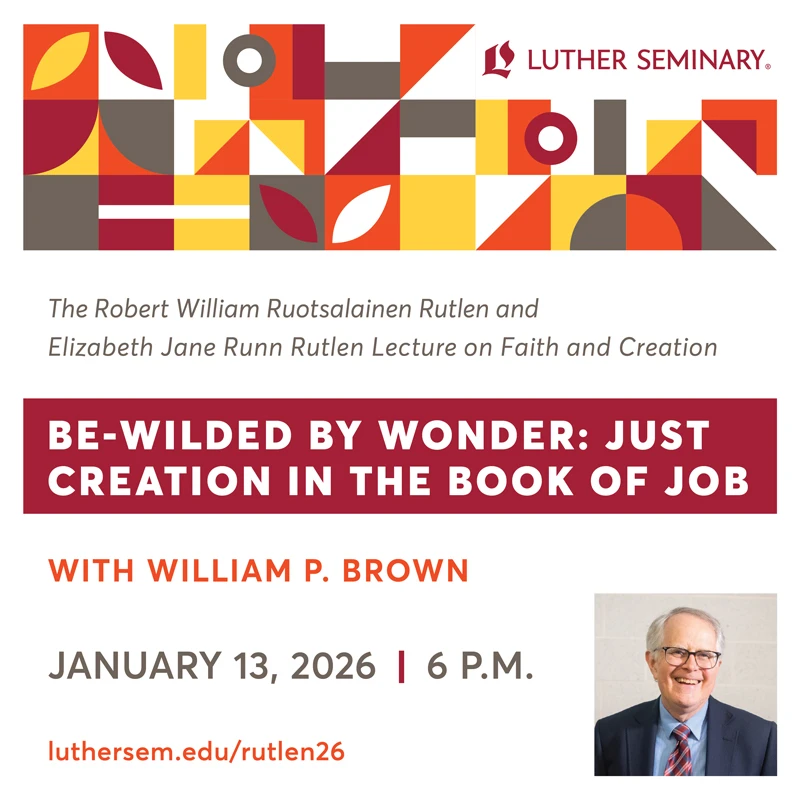SUMMARY
Moses is lifted up as the model of prophetic communication between God and Israel.
ANALYSIS
These verses are part of a longer consideration of Israelite leadership, and specifically of prophecy in Deuteronomy that runs from verse 9 through verse 22. It falls most naturally into three sections:
- Divination condemned (vv. 9-14). The assorted functionaries listed in these verses had one thing in common; they all attempted to predict the future by various means (reading the liver of sacrificed animals, consulting the spirits of the dead, or “familiars,” etc.). They serve as a foil for the description of the true prophet that follows. Notice that it is “heeding” (shema) these functionaries that is condemned. As such, they serve as a foil for the description of the proper medium for revelation.
- The true prophet like MosesProphet who led Israel out of Egypt to the Promised Land and received the law at Sinai. More (vv. 15-19). This prophet has been interpreted in two ways: eschatologically, as an individual (for example, Jesus Christ for Christianity, Muhammad for Islam); or historically, as a succession of prophets, that is, as a guarantee to the people of Israel that God will not leave them in the lurch with regard to leadership in the absence of Moses. The second interpretation is to be preferred. The text is making a case that only true prophets can communicate the divine will to the people. A prophet “like” Moses cannot mean “equal to” Moses in light of Deuteronomy 34:10. Rather, the coming succession of prophets will function as covenant mediators/spokespersons as had Moses. The Lord will take care of any who fail to “heed” (shema, see above) these divinely appointed mediators (v. 19).
- Criteria for discerning false prophecyProphecy is the gift, inspired by God, of speaking and interpreting the divine will. Prophets such as Amos, Isaiah, and Ezekiel spoke words of judgment and comfort to the people of Israel on behalf of God. More (vv. 20-22). Two criteria are presented: prophecy must be authorized by God when uttered in the name of the Lord (prophecy in the name of foreign gods is not allowed, v. 20); and that which is proclaimed must occur (vv. 21-22). This somewhat ambiguous criterion probably was addressed to Deuteronomy’s seventh-century audience. The accuracy of the dire announcements of Amos, Hosea, and Isaiah now authenticated their message.

